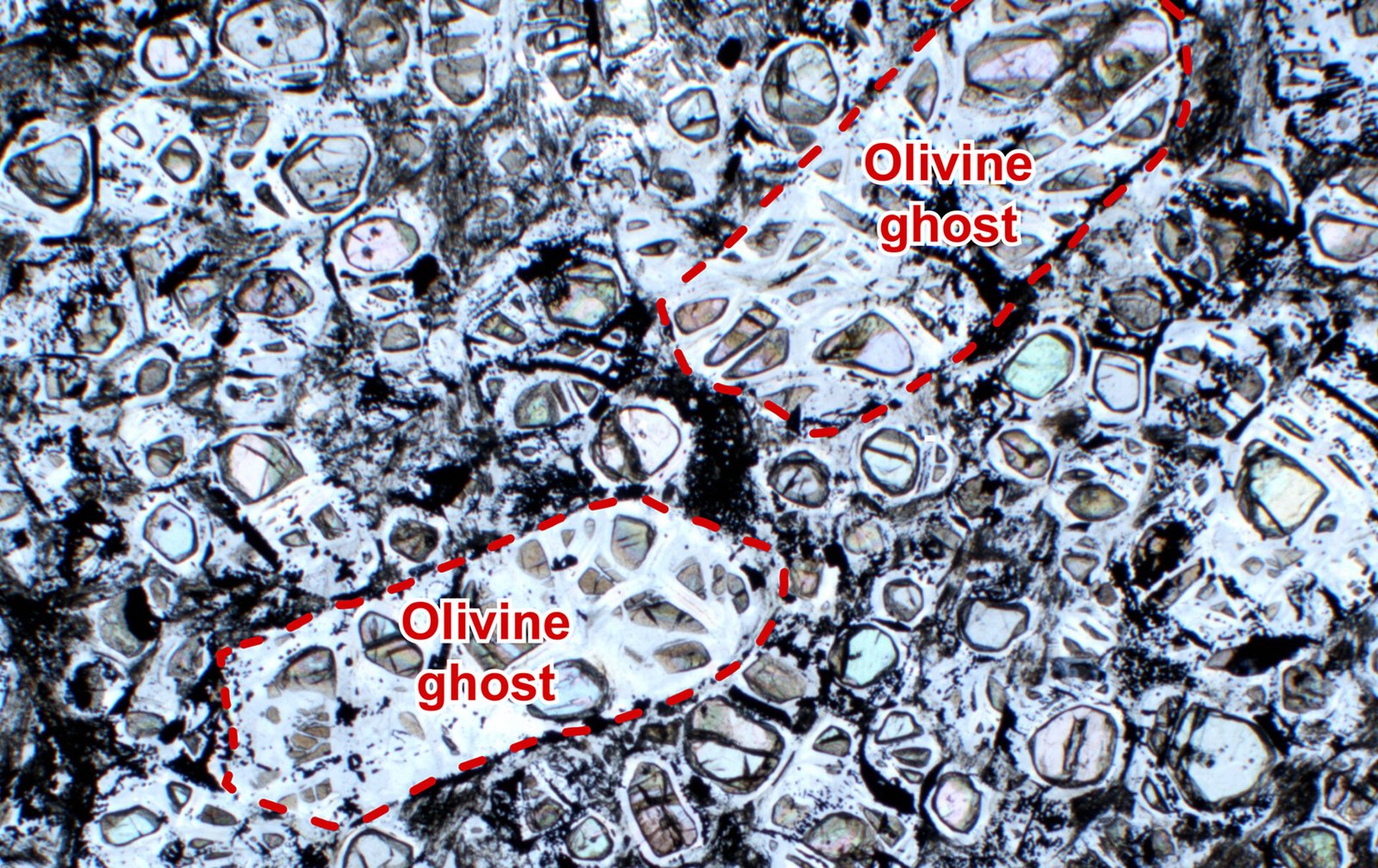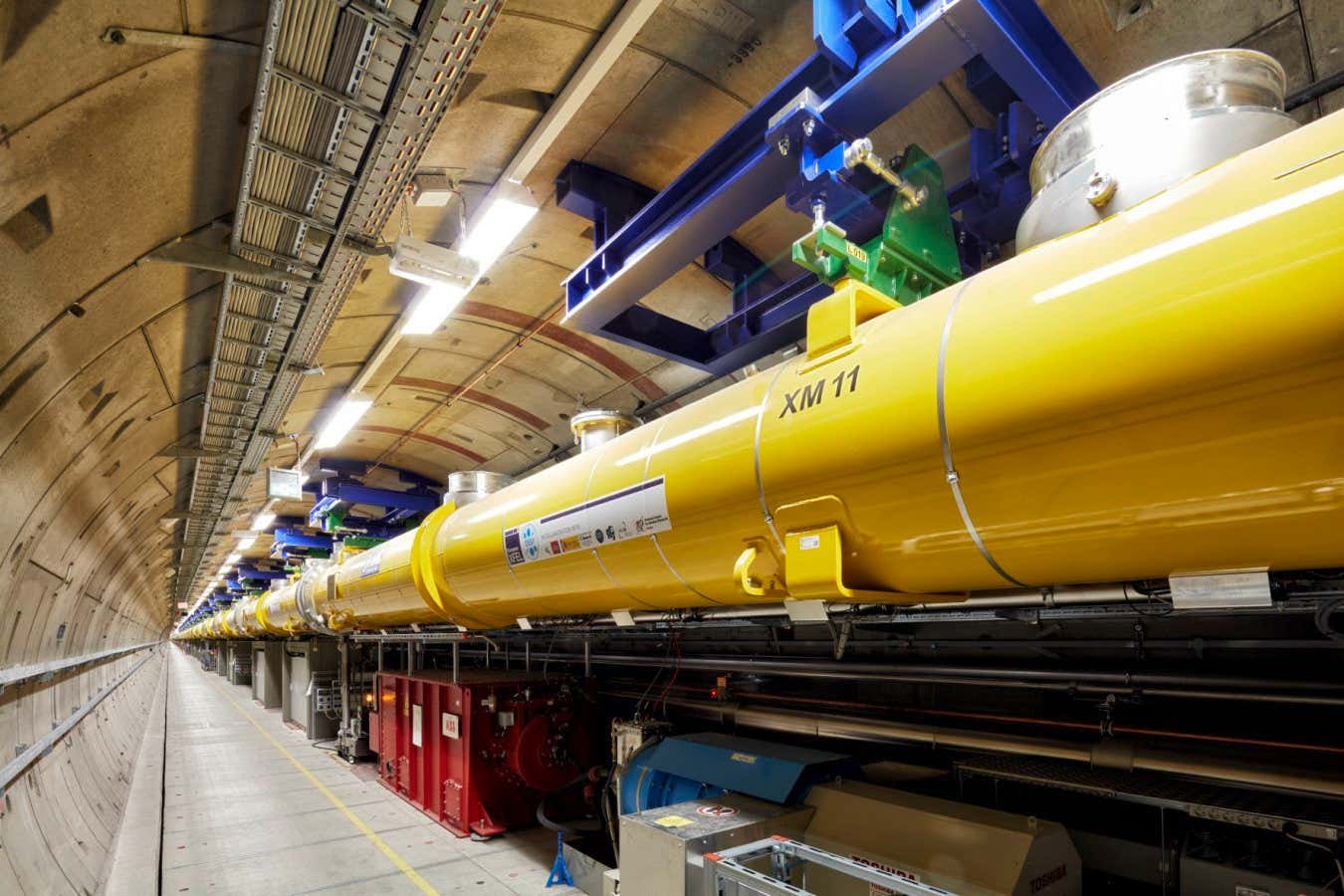
Subduction, a crucial geological process on Earth, may have begun hundreds of millions of years earlier than traditionally believed.
This surprising discovery comes from a new study published by researchers from GFZ Helmholtz Centre for Geosciences, along with international colleagues, in Nature Communications. The team from Potsdam (Germany), Grenoble (France), and Madison (USA) presents groundbreaking evidence that subduction and continental crust formation during the so-called Hadean Eon were already active and more vigorous than previously thought.
The Hadean Eon, spanning from 4.6 to 4.0 billion years ago, remains the most enigmatic chapter in Earth’s history. It began with the planet’s formation, followed by a massive collision with a Mars-sized body that led to the creation of the moon and the complete melting of Earth’s interior. Solidification of Earth’s crust began around 4.5 billion years ago, but what happened next has long been debated.
The prevailing theory suggests that until at least the end of the Hadean, Earth was locked in a “stagnant lid” tectonic regime. In this model, our planet was covered by a rigid, immobile outer shell, with convection processes occurring beneath it in Earth’s mantle—lacking the subduction, i.e. the downward sinking of crust into Earth’s interior, and continental crust formation seen in modern plate tectonics.
Now, researchers are challenging that view.
In their new study, the team presents evidence that subduction and continental crust formation were already active and more vigorous in the Hadean than previously thought. Using an innovative analytical technique, the Grenoble team measured strontium isotopes and trace elements in melt inclusions preserved within 3.3-billion-year-old olivine crystals. Meanwhile, the GFZ team used cutting-edge geodynamic simulations to interpret these geochemical signals in terms of early Earth processes.
Their combined findings suggest a much more active early Earth, indicating that extensive subduction and continent formation may have started hundreds of millions of years earlier than previously believed.
More information:
Adrien Vezinet et al, Growth of continental crust and lithosphere subduction in the Hadean revealed by geochemistry and geodynamics, Nature Communications (2025). DOI: 10.1038/s41467-025-59024-6
Provided by
GFZ Helmholtz Centre for Geosciences
Citation:
New study reveals surprising clues about the beginning of subduction on Earth (2025, August 7)
retrieved 7 August 2025
from https://phys.org/news/2025-08-reveals-clues-subduction-earth.html
This document is subject to copyright. Apart from any fair dealing for the purpose of private study or research, no
part may be reproduced without the written permission. The content is provided for information purposes only.




